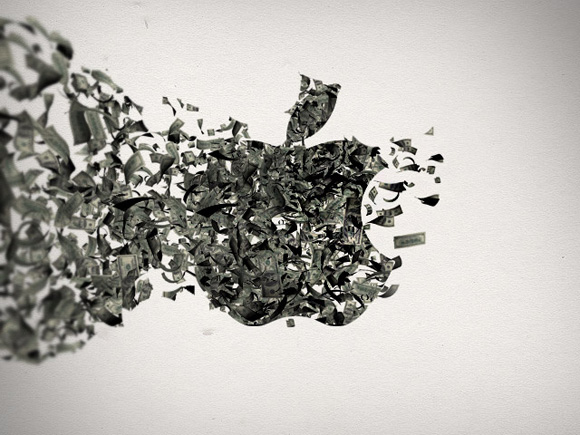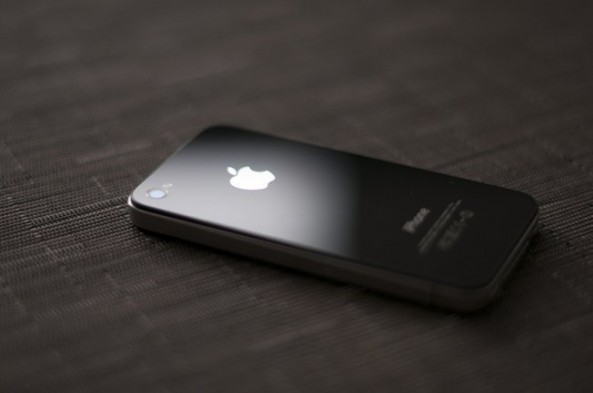
Apple might need to rethink its decision to roll-out older iPhones at cheaper prices at the same time it introduces its latest version.
Compared to previous roll-outs, the iPhone 5 accounted for a smaller percentage of overall iPhone sales, according to one market observer.
The iPhone 5 comprised just 68 percent of overall iPhone sales, compared to as much as 90 percent for the iPhone 4S when it was released in October of last year. And as a result of more lower-priced iPhones selling, Apple could face a smaller profit margin – and nervous Wall Street investors…
“In the current launch, the iPhone 4 and 4S slices are bigger, relative to the 5 slice than the 3GS and 4 slices were relative to the 4S slice during the prior launch”, Josh Lowitz, co-founder of Consumer Intelligence Research Partners, told AllThingsD.
Also different this time around: Apple sold fewer 64GB iPhone 5s compared to when the iPhone 4S was launched. In other words, “while Apple is selling tons of iPhones, it’s increasingly selling more of them at lower prices”, the site’s John Paczkowski writes.
Selling more $99 iPhone 4S units and giving away more iPhone 4 handsets leads to something called “margin compression” which in turn leads to investors with sweaty palms. Accustomed to astronomic profit margins, investors may not be so quick to see Apple stock as a DIY diamond mind.
For Apple, there is a bit of a juggling act going on.
Offering cheap legacy iPhones brings more consumers into the tent and does something to quiet calls for low-end phones for emerging markets. However, by increasing one segment, the move also scares investors.
How low can Apple’s profit margin dip before real concern sets in?
Also, how costly to Apple are consumers seeking an iPhone bargain?
